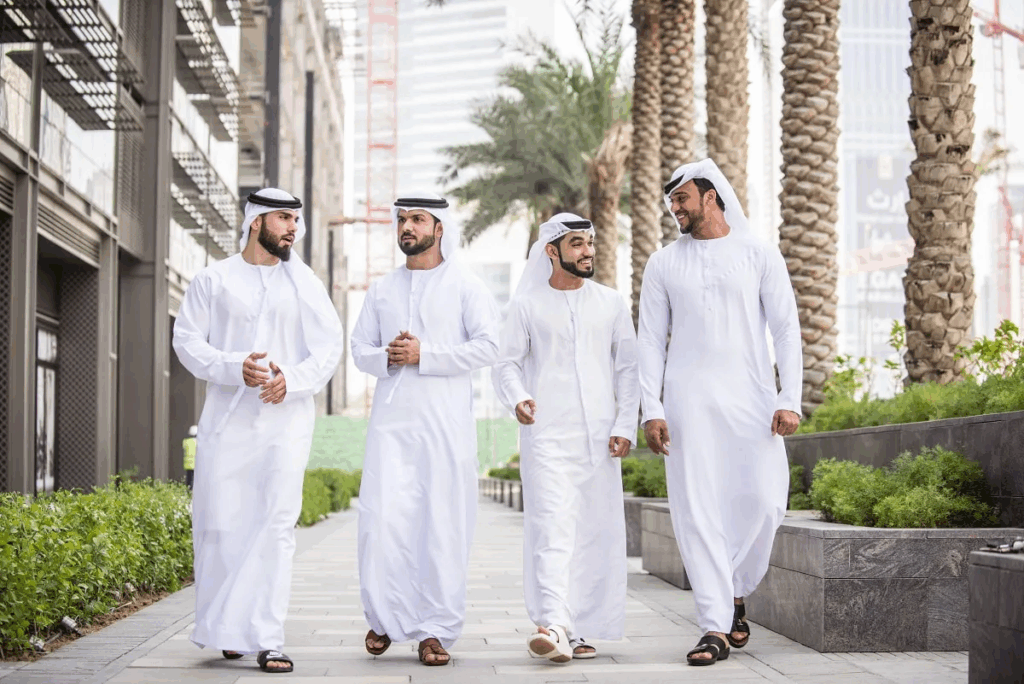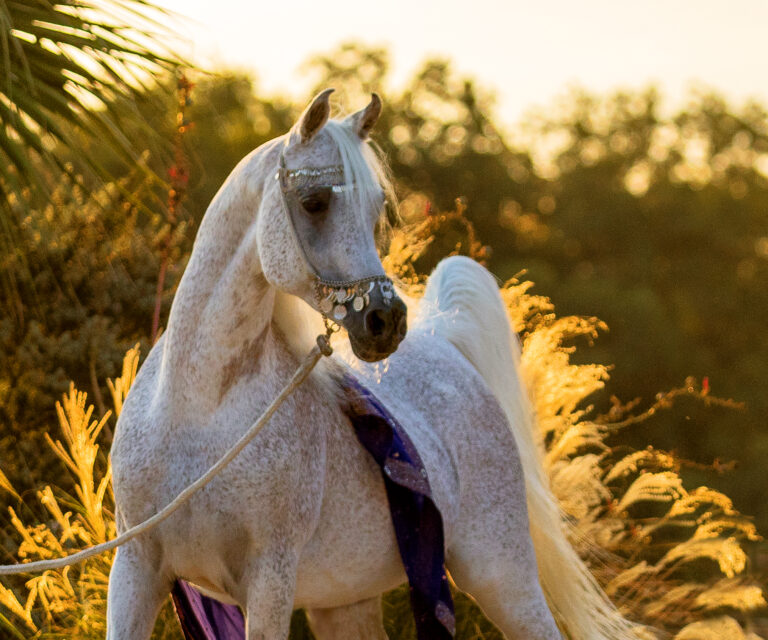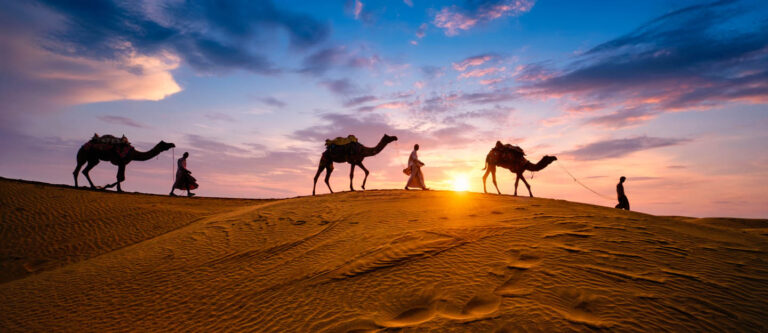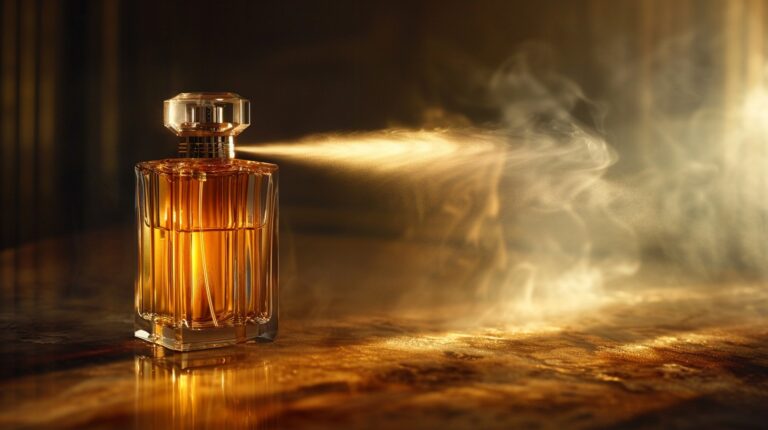Traditional attire represents the culture and pride of the Emiratis. It is deeply embedded in their cultural and religious practices. In the UAE, Emiratis seldom don Western attire, as they hold their traditions in high regard. While the Arabian Peninsula features similar garments, there are various subtle distinctions. Some differences are apparent, while others may only be recognized by someone with a discerning eye. Emirati garments focus on modesty. Now, let’s explore the various clothing pieces that men and women wear in the United Arab Emirates.

UAE Traditional dress for men Emirati men traditionally wear a Dishdasha or Kandura, which is a single-piece garment that reaches the ankles. While they may opt for half-sleeved Kanduras at home, formal occasions call for full-sleeved versions. Kandura Traditional Dress The typical Emirati Kandura is predominantly white, although variations exist in colors like brown, beige, and grey.
In Saudi Arabia, this garment is referred to as a Thawb, and its style can differ from one country to another. You can identify Emirati Kanduras by their collarless design and subtle embroidery on the sleeves. A notable feature is the long twisted piece of fabric with a tassel at the end, known as Al Farukhah, which is made from the same material as the Kandura and hangs from the neck. The Gutras and Shemaghs As part of their traditional attire, Emirati men wear a Gutra as a headdress. This square scarf is essential for protecting their head and face from the intense desert heat. It also serves to cover their faces when dust storms arise. The Gutra is secured in place with an Agal.
There is a different version of the Gutra known as the Shemagh. While Gutras are crafted from white cotton with a sleek finish, Shemaghs feature red checks on a white background. Originating from the central Arabian peninsula, it has also extended to surrounding areas. Headdresses found in countries such as the UAE, Saudi Arabia, and Kuwait share similarities. In contrast, Oman and Yemen have entirely distinct types of head coverings that resemble Indian turbans. There are numerous ways to style the Gutra. Men choose their Gutras based on the occasion, their age, and social standing. Younger men tend to prefer the Shemagh over the Gutra. They also wrap the Shemaghs around their heads instead of using an Agal. This particular style is referred to as Hamdaniyya. The Kufi cap, or Taqiyah, which is worn beneath the Gutra and Shemagh, is also an integral part of traditional dress in the UAE. Click here to explore activities to enjoy in Dubai.
Agal Depending on the dialect, an Agal (Iqal/Eqal) is a black rope-like band that is placed over the head to secure the Gutra. When worn, it forms a large circular band that is folded to create two rings. Agals are typically not worn in casual situations but are essential for formal events. In addition to their practical purpose of securing the Gutra, agals serve as a decorative feature. Emirati agals typically have two cords (Tarbousha) that dangle at the back, or they may consist of two ropes that merge into one, adorned with a few tassels at the end. The quantity of cords varies by country; for instance, Saudi agals generally lack these cords, while Qatari agals feature four.
Additionally, it is customary to perfume the agals. Occasionally, you might see white agals worn by religious scholars. There are also decorative multicolored agals that have more than two rings. These agals resemble a crown placed atop the head, although they are not currently in vogue. Historically, agals were also utilized to secure the legs of camels, anchoring them to the ground. The most luxurious agals are crafted from Iraqi wool, while the more budget-friendly options are made from synthetic yarn.
Bisht Often referred to as the ‘wing of the Arab,’ the Bisht is a unifying element across all Arab cultures, having been in use for thousands of years. Unlike other traditional Emirati garments, the Bisht maintains a consistent style throughout Arab nations. It is a ceremonial sleeveless cloak worn over the Kandura, typically in black or beige, and embellished with golden or silver embroidery. The African Burnous is a cultural variation of the Bisht.





